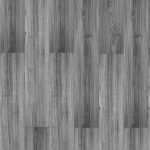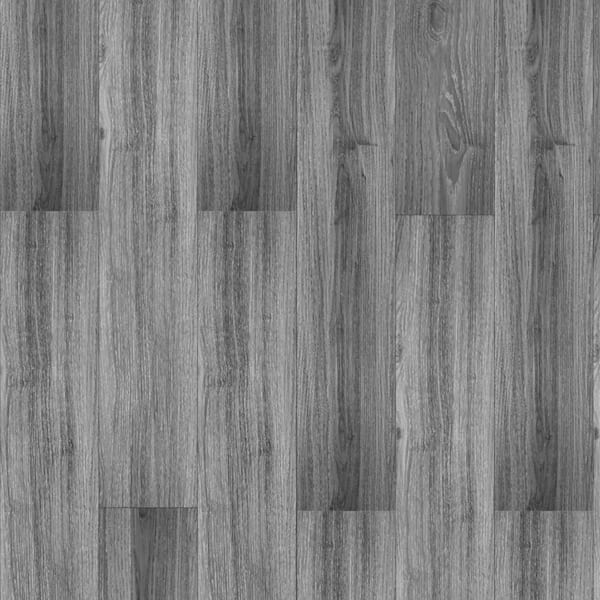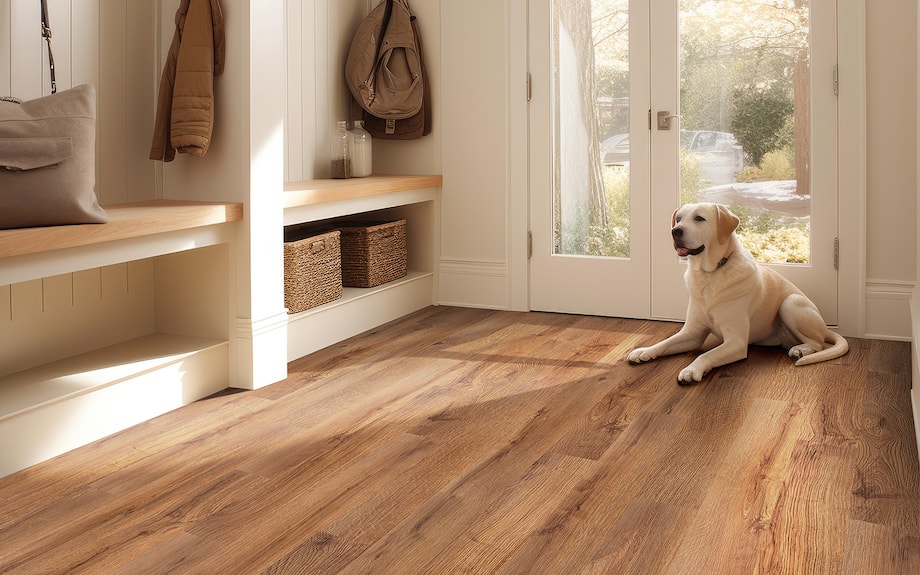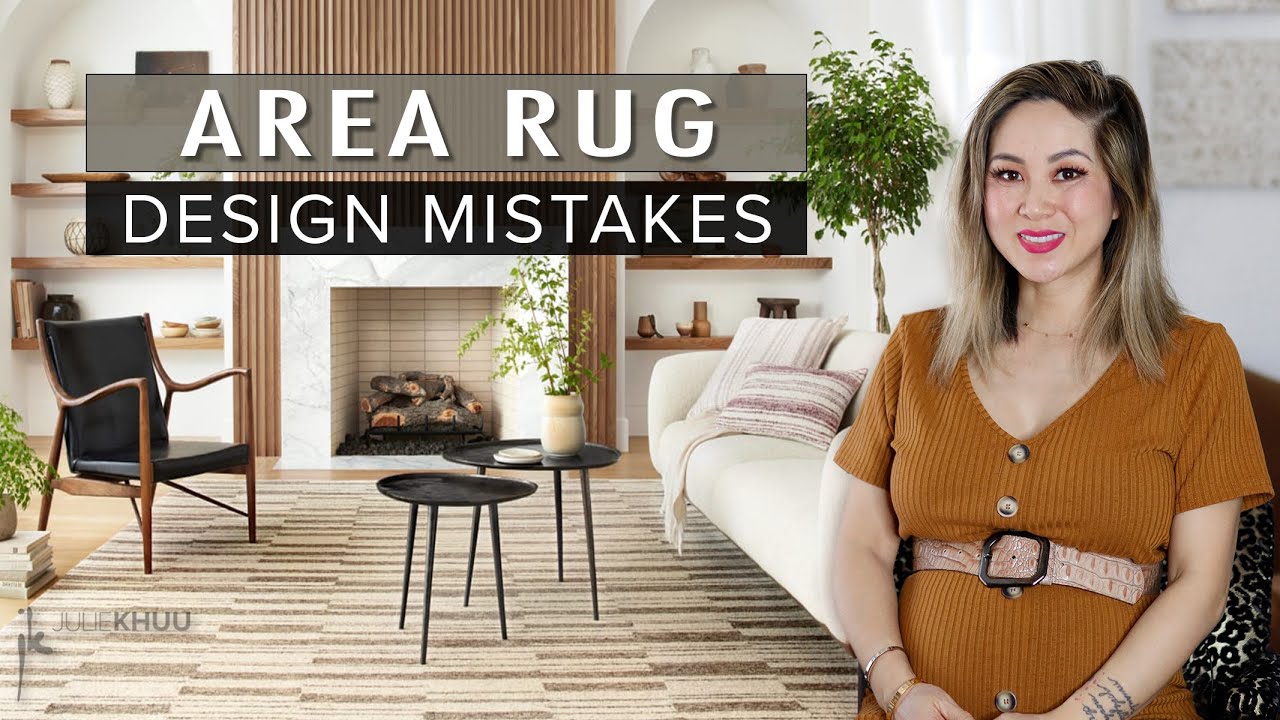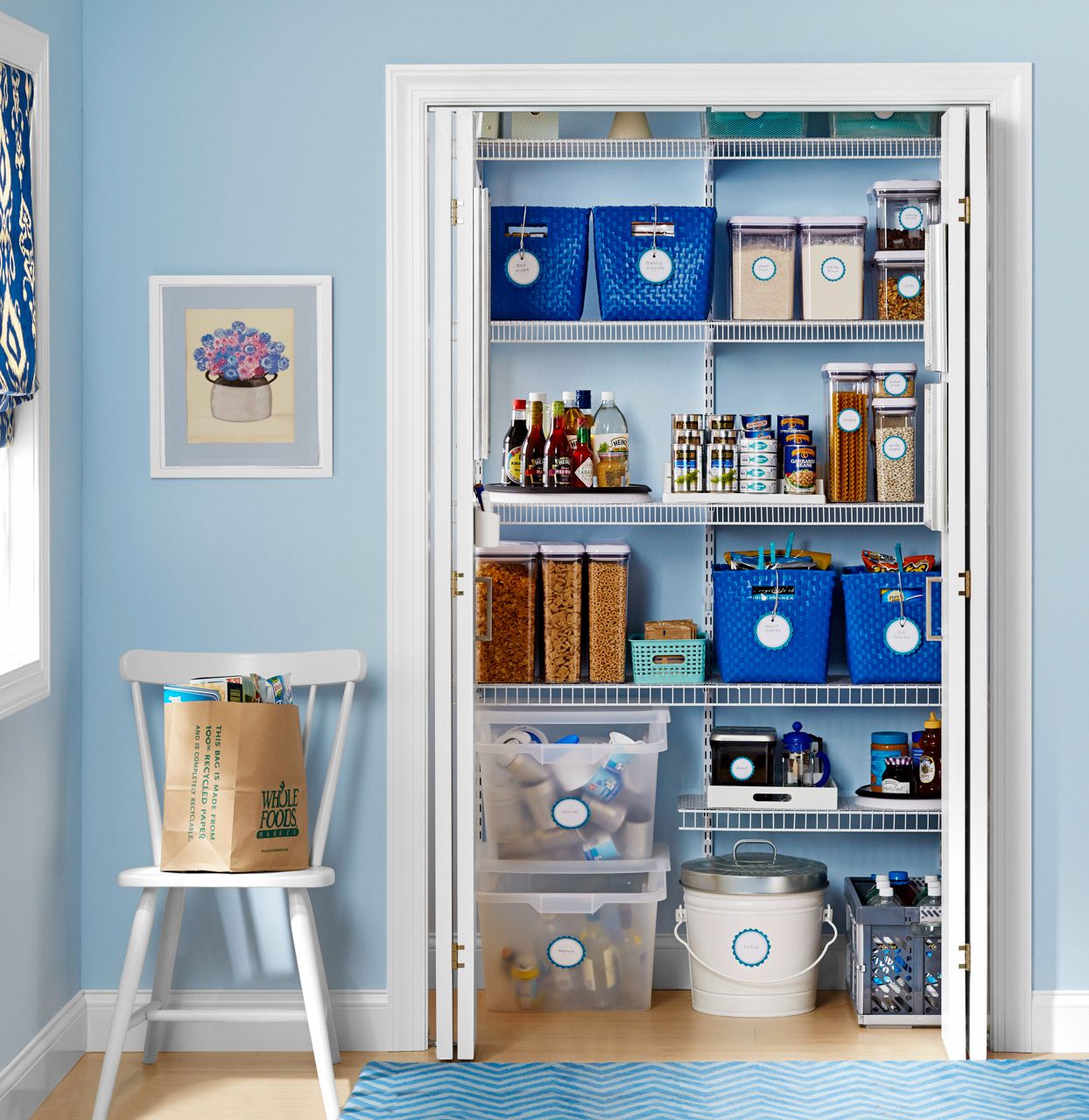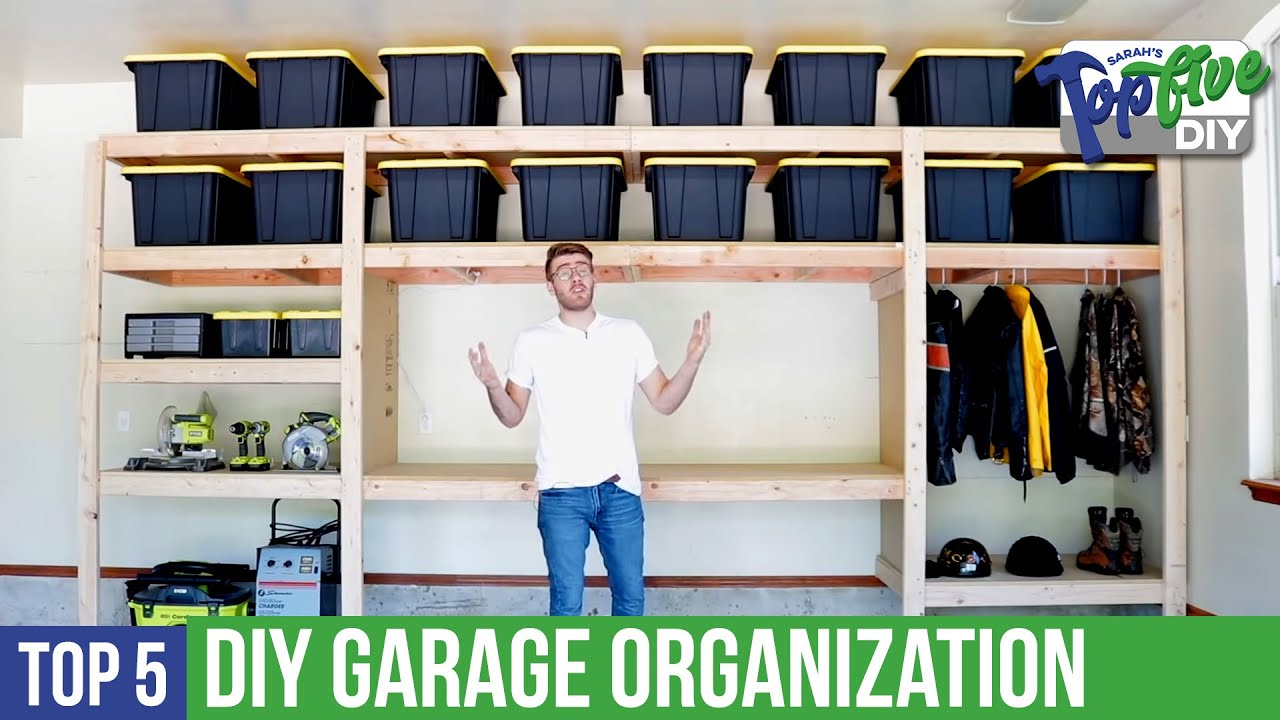The best garage floor options include epoxy coatings and interlocking tiles. Both provide durability and aesthetic appeal.
Choosing the right garage floor can significantly enhance the appearance and functionality of your space. Epoxy coatings offer a seamless, high-gloss finish that resists stains, chemicals, and impacts. Interlocking tiles, on the other hand, are easy to install and come in various colors and patterns.
They provide excellent protection and can be replaced individually if damaged. Both options improve the overall look of your garage while offering practical benefits. Consider your budget, usage, and personal preference to select the best flooring solution for your garage. Investing in quality flooring ensures longevity and a polished appearance.
Epoxy Coatings
Epoxy coatings are a popular choice for garage floors. They provide a sleek, high-gloss finish that makes the floor look professional and clean. These coatings are not only visually appealing but also offer excellent protection against stains, spills, and wear and tear.
Durability And Strength
Epoxy coatings are known for their durability and strength. They can withstand heavy machinery, cars, and foot traffic without cracking or peeling. This makes them ideal for high-traffic areas like garages.
Epoxy is resistant to various chemicals, including oil, gasoline, and cleaners. This chemical resistance ensures the floor remains pristine even after accidental spills. It also makes cleaning the floor simple and hassle-free.
Another benefit is the impact resistance. Dropped tools or heavy items won’t damage the floor. This makes epoxy coatings a great investment for long-term use.
Application Process
The application process for epoxy coatings involves several steps. First, the floor must be thoroughly cleaned. Any dirt, grease, or oil must be removed for the epoxy to adhere properly.
Next, any cracks or holes in the concrete should be filled and smoothed out. This ensures a uniform surface for the epoxy application.
- Preparation: Clean and repair the concrete surface.
- Primer Application: Apply a primer to enhance adhesion.
- Mixing Epoxy: Mix the epoxy resin and hardener.
- Application: Spread the epoxy mixture evenly across the floor.
- Curing Time: Allow the epoxy to cure for the recommended time.
During the curing process, avoid walking on the floor. This ensures a smooth and even finish.
For best results, consider hiring professionals. They have the expertise and tools to apply epoxy coatings efficiently.
Interlocking Tiles
Interlocking tiles are a popular choice for garage floors. They offer durability, ease of installation, and a variety of designs. These tiles can transform any garage into a clean and attractive space.
Ease Of Installation
One of the biggest advantages of interlocking tiles is their easy installation process. You don’t need any special tools or adhesives. Just snap the tiles together like a puzzle. This makes it a great DIY project for anyone. You can cover your entire garage floor in just a few hours.
Here’s a simple step-by-step guide to install interlocking tiles:
- Clean the garage floor thoroughly.
- Start from one corner of the garage.
- Snap the tiles together, working your way across the floor.
- Trim the edges if needed using a utility knife.
- Enjoy your new garage floor!
Variety Of Designs
Interlocking tiles come in a wide variety of designs and colors. You can choose from different patterns, textures, and finishes. This allows you to customize your garage floor to match your style.
Here are some popular design options:
- Diamond Plate: Adds a rugged, industrial look.
- Coin Pattern: Provides a sleek, modern appearance.
- Textured Surface: Offers extra grip and safety.
- Color Options: Available in many colors to match your decor.
Mix and match different designs to create unique patterns. Whether you prefer a classic look or something more modern, there’s an interlocking tile design for you.
Check out this table to see some design options:
| Design | Description |
|---|---|
| Diamond Plate | Rugged, industrial look |
| Coin Pattern | Sleek, modern appearance |
| Textured Surface | Extra grip and safety |
| Color Options | Many colors available |
Concrete Stain
Concrete stain is a popular choice for enhancing garage floors. It offers a unique blend of durability and aesthetic appeal. This method involves applying a translucent color to the concrete, allowing the natural texture to show through.
Aesthetic Appeal
Concrete stains come in a variety of colors. Choose from earthy tones, vibrant hues, or subtle shades. The stain penetrates the concrete, creating a rich, deep finish. This technique adds character and warmth to your garage floor.
Stained concrete can mimic the look of natural stone. It can also resemble polished marble or even wood grain. This versatility makes it suitable for different design preferences. Use it to create elegant or rustic looks.
Concrete stain also enhances the overall ambiance of your space. It makes the garage look more like a room in your home.
Maintaining a stained concrete floor is simple. Follow these tips for longevity and appearance:
- Sweep the floor regularly to remove dirt and debris.
- Use a damp mop with a mild cleaner for deeper cleaning.
- Avoid using harsh chemicals that can damage the stain.
- Consider applying a sealer once a year. This protects the stain and keeps the color vibrant.
If spills occur, clean them immediately. This prevents stains from setting in. For stubborn spots, use a gentle scrub brush.
For added protection, place mats or rugs in high-traffic areas. This reduces wear and tear on the stained surface.
| Maintenance Task | Frequency | Tools Needed |
|---|---|---|
| Sweeping | Daily | Broom |
| Mopping | Weekly | Damp Mop, Mild Cleaner |
| Sealing | Annually | Sealer, Applicator |
By following these tips, your concrete-stained floor will stay beautiful and durable for years.
Garage Floor Mats
Garage floor mats provide an easy way to protect your garage floor. They help keep your garage clean and safe. These mats come in different styles, sizes, and materials. Choosing the right mat depends on your needs.
Temporary Vs. Permanent
Garage floor mats can be temporary or permanent. Temporary mats are easy to move and clean. They are ideal for people who change their setup often. Permanent mats stay in one place. They offer long-term protection and are usually more durable.
| Feature | Temporary Mats | Permanent Mats |
|---|---|---|
| Setup | Easy to move | Fixed in place |
| Durability | Moderate | High |
| Cleaning | Easy to clean | May need more effort |
Material Options
Garage floor mats come in various materials. The most common are rubber, vinyl, and polypropylene.
- Rubber: Durable and slip-resistant. It offers good cushioning.
- Vinyl: Easy to clean and waterproof. It comes in many designs.
- Polypropylene: Strong and resistant to stains. It dries quickly.
Choose a material that fits your needs. For example, rubber is great for heavy-duty use. Vinyl is perfect if you want easy cleaning. Polypropylene is ideal for wet areas.
Polyurea Coatings
Polyurea coatings are a popular choice for garage floors. They offer durability and aesthetic appeal. These coatings provide a seamless finish that resists stains and chemicals. Polyurea is a type of elastomer derived from step-growth polymerization. This reaction occurs between a synthetic resin and an isocyanate-reactive material.
Advantages Over Epoxy
Polyurea coatings have many advantages over epoxy. They cure much faster. This means your garage is ready for use sooner. Polyurea is more flexible. This makes it less prone to cracking. It can handle extreme temperatures better than epoxy. Polyurea is also more resistant to UV rays. This prevents yellowing and maintains its color longer.
Epoxy coatings can take days to cure. Polyurea can cure in just a few hours. This is especially useful in climates with big temperature changes. The flexibility of polyurea allows it to expand and contract. This prevents cracks and damage.
Longevity And Cost
Polyurea coatings last longer than epoxy. They can last for over 20 years with proper care. This makes them a cost-effective option in the long run. The initial cost is higher, but the longevity offsets this.
Below is a comparison table of polyurea and epoxy:
| Feature | Polyurea | Epoxy |
|---|---|---|
| Curing Time | 2-6 hours | 24-72 hours |
| Flexibility | High | Low |
| UV Resistance | Excellent | Poor |
| Longevity | 20+ years | 5-10 years |
| Cost | Higher | Lower |

Credit: showroomgarageflooring.com
Garage Floor Covering Companies
Rubber Flooring
Rubber flooring is a top choice for garage floors. It offers durability and comfort. It is also easy to install and maintain. Rubber flooring enhances the overall look of your garage. Let’s explore the benefits of rubber flooring.
Comfort And Safety
Comfort is a key benefit of rubber flooring. It provides a softer surface. This makes it easier on your feet and legs. Standing on rubber flooring for long periods is less tiring.
Rubber flooring also offers excellent traction. It reduces the risk of slipping. This makes it safer, especially in wet conditions. Its shock-absorbing nature is also beneficial. It minimizes the impact if you drop tools or heavy objects.
Environmental Impact
Rubber flooring is an eco-friendly option. Many rubber floors are made from recycled materials. This helps reduce waste and supports sustainability.
It also has a long lifespan. This means less frequent replacements. In turn, this reduces environmental impact over time. Additionally, rubber flooring can be recycled again at the end of its life.
| Feature | Benefit |
|---|---|
| Comfort | Softer surface, less fatigue |
| Safety | Better traction, reduces slipping |
| Eco-friendly | Made from recycled materials |
| Durability | Long lifespan, less replacement |
- Easy to install
- Simple to clean
- Enhances garage aesthetics
- Measure your garage floor.
- Choose the right rubber flooring.
- Install the rubber flooring as per instructions.
Rubber flooring is a practical and eco-friendly choice. It offers comfort, safety, and durability. Enhance your garage with rubber flooring today.
Vinyl Flooring
Vinyl flooring is a great choice for garage floors. It offers durability and style. It is easy to clean and maintain. Vinyl is also resistant to stains and spills. It can handle heavy traffic and tough conditions.
Design Versatility
Vinyl flooring comes in many designs. You can choose from a wide range of colors. There are also many patterns available. You can find vinyl that looks like wood or stone. This gives you many options to match your style.
With vinyl, you can create a unique look. It can be sleek and modern or rustic and classic. The design possibilities are endless. This makes vinyl a versatile choice for any garage.
Installation Guide
Installing vinyl flooring is simple. You can do it yourself with a few tools. Follow these steps for a smooth installation:
- Clean the garage floor.
- Measure the area accurately.
- Cut the vinyl to fit the space.
- Apply adhesive to the floor.
- Lay the vinyl carefully.
- Press it down to remove air bubbles.
Ensure the floor is dry before starting. This helps the adhesive stick better. Use a roller to smooth the vinyl. This will give a clean and professional finish.
| Tools Needed | Purpose |
|---|---|
| Measuring Tape | Measure the floor area |
| Utility Knife | Cut the vinyl |
| Adhesive | Stick the vinyl to the floor |
| Roller | Smooth out air bubbles |
Vinyl flooring is a durable and stylish option for your garage. It is easy to install and maintain. With many designs available, you can create the perfect look.
Painted Garage Floors
Painting your garage floor can transform your space. It adds color and protection. A painted floor is easy to clean and looks great. Let’s dive into the details.
Types Of Paint
There are different types of paint for garage floors. Each has its own benefits. Here are the main types:
- Epoxy Paint: Durable and resistant to chemicals.
- Latex Paint: Water-based and easy to apply.
- Polyurethane Paint: Tough and UV resistant.
Choosing the right paint type is crucial. It ensures your floor lasts longer.
Preparation And Application
Proper preparation is key for a successful paint job. Follow these steps:
- Clean the floor: Remove all dirt and grease.
- Repair cracks: Fill in any gaps or cracks.
- Etch the floor: Use an etching solution for better adhesion.
- Prime the floor: Apply a primer for a smooth finish.
After preparing, it’s time to paint. Here are the steps:
- Mix the paint: Follow the instructions on the can.
- Apply the first coat: Use a roller or brush.
- Let it dry: Allow the paint to dry completely.
- Apply a second coat: Ensure even coverage.
- Seal the floor: Use a sealant for extra protection.
Following these steps ensures a professional finish. Your garage floor will look amazing and last longer.
Sealed Concrete
Sealed concrete is a great choice for garage floors. It is durable and easy to maintain. Sealing concrete protects it from stains and damage. This makes it a popular option for many homeowners.
Protection Benefits
Sealed concrete offers many protection benefits. It keeps your garage floor looking new. Here are some key benefits:
- Prevents stains: Sealed concrete stops oil and grease stains.
- Waterproof: It keeps water from seeping into the concrete.
- Durability: It makes the floor last longer.
- Easy cleaning: Spills are easy to wipe off.
Sealing Techniques
There are several techniques for sealing concrete. Each method has its own benefits. Here is a comparison table:
| Technique | Benefits | Best Use |
|---|---|---|
| Penetrating Sealer | Deep protection, long-lasting | High-traffic areas |
| Acrylic Sealer | Quick drying, UV resistant | Outdoor areas |
| Epoxy Sealer | Strong, chemical-resistant | Industrial use |
Choose the right sealer based on your needs. Each type offers unique benefits. Proper application is key. Follow the manufacturer’s instructions for best results.

Credit: signaturecoatings.com
Modular Flooring
Modular flooring is an excellent choice for garage floors. It offers durability, ease of installation, and customization options. This type of flooring is designed to be versatile and user-friendly. With modular flooring, you can create a space that is both functional and visually appealing.
Customization Options
One of the main advantages of modular flooring is its customization options. You can choose from a variety of colors, patterns, and textures to suit your taste. Mixing and matching different tiles can create unique designs.
- Color Variety: Options range from neutral shades to vibrant hues.
- Patterns: Choose from checkerboard, diamond, and more.
- Textures: Smooth, ribbed, or coin-top textures are available.
Customizing your garage floor can enhance its appearance and functionality. You can also add logo tiles or specific designs to personalize the space further.
Installation Steps
Installing modular flooring is simple and can be done without professional help. Follow these easy steps:
- Preparation: Clean the garage floor thoroughly. Remove dirt, oil, and debris.
- Layout Planning: Plan the layout of your tiles. This helps avoid mistakes during installation.
- Tile Placement: Start placing the tiles from one corner. Snap them together as you go.
- Cutting Tiles: Use a utility knife to cut tiles to fit edges and corners.
- Final Adjustments: Ensure all tiles are securely snapped together. Make any necessary adjustments.
These steps make the installation process quick and efficient. You can enjoy your new garage floor in no time.
Peel-and-stick Tiles
Peel-and-stick tiles offer a quick, affordable solution for garage floors. They’re easy to install and come in various styles. These tiles transform your garage into a cleaner, more attractive space.
Quick Installation
Installing peel-and-stick tiles is simple. First, clean your garage floor thoroughly. Remove any dirt, grease, or debris. This ensures the tiles stick properly.
Next, measure your garage floor. This helps you know how many tiles you need. Start placing tiles at the center of the floor. Work your way to the edges for an even look.
Peel the backing off each tile. Press it firmly onto the floor. Repeat until the entire floor is covered. You can cut tiles to fit corners and edges.
Installation takes only a few hours. You don’t need special tools or skills. It’s a great weekend project.
Durability Factors
Peel-and-stick tiles are designed to withstand heavy use. They are made from tough materials like vinyl. These tiles resist scratches, stains, and moisture.
Proper installation increases their lifespan. Ensure the floor is clean and dry before applying tiles. This helps them stick better and last longer.
Regular maintenance keeps your floor in good shape. Sweep or vacuum the floor to remove dirt. Clean spills immediately to prevent stains.
Peel-and-stick tiles can handle the weight of vehicles. They are also resistant to chemicals found in garages. This includes oil, antifreeze, and cleaning agents.
With proper care, these tiles can last for many years. They offer a durable, low-maintenance solution for your garage floor.
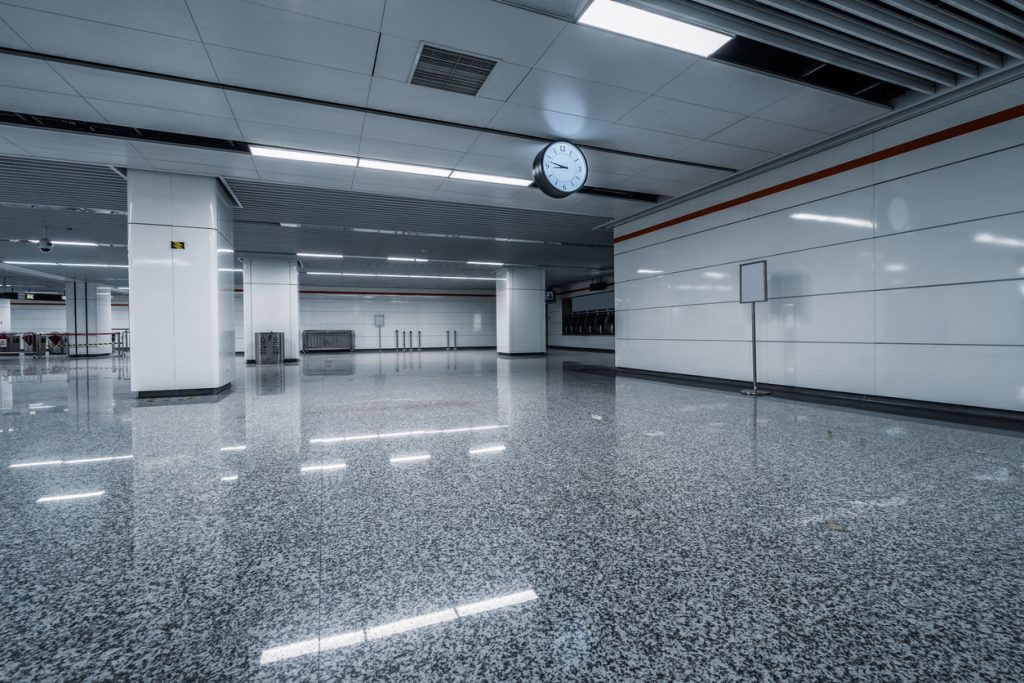
Credit: milehighcoatings.com
Stone Flooring
Stone flooring offers a luxurious and durable option for garage floors. This type of flooring provides a natural and elegant look that enhances your garage’s aesthetic appeal. Let’s delve into the specifics of stone flooring, focusing on its natural look and maintenance needs.
Natural Look
Stone flooring provides a timeless and rustic appearance. Each stone tile is unique, adding character to your garage. The varied textures and colors create a visually appealing surface. This natural look complements various styles and themes.
Stone tiles come in several types, each with its own charm. Common options include granite, marble, and slate. Each type has different patterns and hues. This variety allows for a customized design.
Here are some popular stone options:
- Granite: Known for its durability and distinct grains.
- Marble: Offers a classic and elegant appearance.
- Slate: Features a rugged texture and earthy tones.
Maintenance Needs
Maintaining stone flooring involves regular cleaning and sealing. Sweep the floor to remove debris. Use a damp mop with a mild cleaner for stains.
Sealing the stone is crucial for protection. This process prevents stains and moisture damage. Apply a sealant every 6 to 12 months.
Here is a basic maintenance schedule:
| Task | Frequency |
|---|---|
| Sweeping | Weekly |
| Mopping | Monthly |
| Sealing | Every 6-12 months |
For tough stains, use a stone-specific cleaner. Avoid acidic or abrasive cleaners, as they can damage the stone.
Stone flooring offers both beauty and durability. With proper maintenance, it can last for decades.
Carpet Tiles
When transforming your garage floor, consider carpet tiles. They offer comfort, insulation, and easy maintenance. Carpet tiles can make your garage a cozy and functional space.
Comfort And Insulation
Carpet tiles add a layer of comfort to your garage. They are soft underfoot and reduce strain when standing for long periods. This is especially helpful if you use your garage as a workshop.
Carpet tiles also provide excellent insulation. They help keep the garage warm during winter and cool in summer. This temperature control can be crucial, especially in extreme climates.
Below is a table highlighting the benefits of carpet tiles for comfort and insulation:
| Feature | Benefit |
|---|---|
| Soft Underfoot | Reduces strain when standing |
| Temperature Control | Keeps garage warm or cool |
Cleaning And Care
Cleaning carpet tiles is simple. They are designed to resist stains and spills. If a tile gets damaged, you can replace it without disturbing the rest.
Here’s a quick guide to cleaning and caring for your carpet tiles:
- Vacuum regularly to remove dust and debris.
- Use a mild cleaner for spills and stains.
- Replace damaged tiles as needed.
Carpet tiles are designed for durability. They can withstand heavy foot traffic and daily wear and tear.
With proper care, your garage floor will look great for years.
Radiant Heated Floors
Radiant heated floors offer a luxurious and practical solution for your garage. They provide consistent warmth and enhance comfort. These floors are an excellent choice for those seeking both functionality and luxury.
Comfort Benefits
One major benefit of radiant heated floors is the consistent warmth they provide. This makes the garage comfortable even in the coldest months. The heat is evenly distributed, eliminating cold spots. Warm floors make it pleasant to walk barefoot.
Radiant heating also reduces dust and allergens. Unlike traditional heating systems, it doesn’t circulate air. This makes the environment cleaner and healthier. Warm surfaces help to dry any moisture on the floor, reducing slips.
Installation Considerations
Before installing radiant heated floors, evaluate your budget. The initial cost can be high. However, the long-term savings on heating bills can offset this.
Professional installation is highly recommended. A skilled installer ensures the system works efficiently. They will also check if your garage floor is suitable for this type of heating.
Consider the type of flooring you will use. Certain materials like tile and concrete work better with radiant heating. Insulation is another important factor. Proper insulation helps retain heat, making the system more efficient.
Here is a quick comparison of suitable and unsuitable materials for radiant heating:
| Suitable Materials | Unsuitable Materials |
|---|---|
| Tile | Carpet |
| Concrete | Wood |
| Stone | Vinyl |
Garage Floor Coverings
Garage floor coverings can transform your garage. They add protection and style. They also make your garage more functional. Let’s explore the best options for garage floor coverings.
Types Of Coverings
There are various types of garage floor coverings. Each type has its own advantages.
- Epoxy Coatings: Epoxy is durable and resistant to stains. It creates a seamless surface.
- Garage Floor Tiles: Tiles are easy to install. They come in various colors and patterns.
- Rubber Mats: Rubber mats provide cushioning. They are easy to clean and maintain.
- Concrete Sealers: Sealers protect the floor from moisture. They also prevent cracks and stains.
Protection And Style
Garage floor coverings offer both protection and style. They protect against damage and enhance the look of your garage.
| Covering Type | Protection | Style |
|---|---|---|
| Epoxy Coatings | Stain-resistant and durable | Smooth and glossy finish |
| Garage Floor Tiles | Scratch-resistant and easy to replace | Various colors and designs |
| Rubber Mats | Cushioning and impact protection | Simple and functional |
| Concrete Sealers | Moisture and crack prevention | Natural concrete look |
Choose the best floor covering for your garage. Consider both protection and style. Your garage will look great and stay protected.
Diy Vs. Professional Installation
Deciding between DIY and professional installation for your garage floor is crucial. Both options have their own benefits and drawbacks. Understanding the differences can help you make an informed decision.
Cost Comparison
Cost is one of the most significant factors. Here’s a quick comparison:
| Option | Approximate Cost |
|---|---|
| DIY Installation | $2 – $5 per square foot |
| Professional Installation | $4 – $10 per square foot |
With a DIY approach, you can save on labor costs. You only need to buy materials and tools. Professional installation costs more, but ensures a high-quality finish.
Skill Requirements
DIY installation requires some skills and knowledge. You must know how to handle tools and materials. Basic skills like measuring and mixing are essential. Reading and following instructions carefully is crucial.
On the other hand, professional installation requires no effort from you. Professionals have the necessary skills and experience. They handle all aspects of the installation process. This guarantees a perfect finish.
Here is a simple breakdown:
- DIY Installation: Requires basic skills, patience, and time.
- Professional Installation: Requires no skills from you, guarantees quality.
Budget-friendly Options
Renovating your garage floor on a budget is possible. There are several cost-effective solutions available that offer durability and style. Let’s explore some budget-friendly options for your garage floor.
Cost-saving Tips
Implementing the right strategies can save money. Here are some tips:
- DIY Installation: Doing it yourself cuts labor costs.
- Bulk Purchase: Buying materials in bulk saves money.
- Seasonal Sales: Look for discounts during sales events.
- Proper Maintenance: Regular upkeep extends the floor’s life.
Affordable Materials
Choosing the right materials is key to saving money. Here are some affordable options:
| Material | Cost per Sq Ft | Benefits |
|---|---|---|
| Epoxy Coating | $3-$7 | Durable and easy to clean. |
| Concrete Stain | $2-$4 | Cost-effective and stylish. |
| Interlocking Tiles | $2-$5 | Simple to install and replace. |
| Vinyl Flooring | $1-$3 | Water-resistant and easy to install. |
Maintenance Tips
Maintaining your garage floor is essential for its longevity and appearance. Proper care ensures it remains clean, safe, and looks good. Here are some easy maintenance tips to keep your garage floor in top shape.
Routine Cleaning
Regular cleaning prevents dirt buildup and stains. Sweep the floor weekly to remove dust and debris. Use a soft-bristle broom to avoid scratching the surface.
For deeper cleaning, use a mild detergent mixed with water. Mop the floor with this solution. Rinse with clean water and let it dry completely. Avoid harsh chemicals as they can damage the floor.
Preventative Measures
Placing mats at entry points reduces dirt and moisture. Rubber mats are great for high-traffic areas. They protect the floor from wear and tear.
Use floor protectors under heavy equipment. This prevents dents and scratches. Avoid dragging heavy items across the floor.
Seal your garage floor every few years. Sealing adds an extra layer of protection. It helps prevent stains and makes cleaning easier.
| Maintenance Task | Frequency |
|---|---|
| Sweeping | Weekly |
| Mopping | Monthly |
| Sealing | Every 2-3 Years |
Frequently Asked Questions
What Type Of Floor Is Best For A Garage?
Epoxy flooring is best for a garage. It is durable, easy to clean, and resistant to chemicals.
What Is The Longest Lasting Garage Flooring?
Epoxy flooring is the longest lasting garage flooring. It is durable, resistant to chemicals, and easy to clean.
Is There Anything Better Than Epoxy For Garage Floor?
Yes, polyurea coatings can be better than epoxy for garage floors. They offer faster curing times, greater flexibility, and higher durability.
What Is The Cheapest Way To Cover A Concrete Garage Floor?
The cheapest way to cover a concrete garage floor is to use garage floor paint. It is affordable and easy to apply.
What Is The Best Garage Floor Material?
Epoxy coatings are durable, resistant, and enhance garage aesthetics.
How Do I Clean My Garage Floor?
Use a mild detergent, warm water, and a scrub brush.
Are Epoxy Floors Worth The Investment?
Yes, they provide durability, aesthetics, and increase property value.
Can I Install Garage Flooring Myself?
Yes, many garage flooring options are DIY-friendly.
How Long Does Epoxy Flooring Last?
Epoxy flooring can last 10-20 years with proper maintenance.
What Are The Benefits Of Garage Floor Tiles?
They are easy to install, durable, and customizable.
Conclusion
Choosing the best garage floor enhances both functionality and aesthetics. Durable and easy-to-clean options make maintenance simple. Consider epoxy, tiles, or polished concrete for a lasting solution. A well-chosen garage floor boosts property value and personal satisfaction. Prioritize quality materials and professional installation for optimal results.




